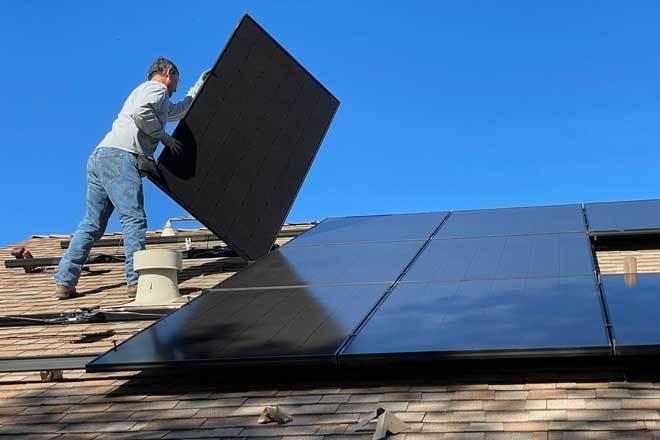
The Future of Solar Energy: Innovations and Trends to Watch
Solar energy has come a long way since its inception, and it's only growing in popularity as the world becomes more environmentally conscious. As technology advances, the solar industry continues to evolve, offering new and improved solutions for harnessing the sun's power. In this blog post, we'll explore some of the most exciting innovations and trends shaping the future of solar energy, from higher efficiency panels to game-changing energy storage solutions.
Higher Efficiency Solar Panels
The efficiency of solar panels has steadily increased over the years, and this trend is expected to continue. Researchers and manufacturers are working on advanced materials and technologies that could dramatically improve solar panel efficiency. For example, perovskite solar cells, a promising new material, have the potential to surpass traditional silicon-based solar cells in terms of efficiency and cost-effectiveness.
Bifacial Solar Panels
Bifacial solar panels, which can capture sunlight from both sides, are gaining traction as a cutting-edge solution for maximizing energy production. By utilizing light reflected from the ground and other surfaces, bifacial panels can generate up to 20% more electricity than traditional monofacial panels, making them an attractive option for residential and commercial installations.
Building-Integrated Photovoltaics (BIPV)
BIPV is a trend that integrates solar panels directly into building materials, such as windows, roofs, and facades. This not only makes solar installations more aesthetically appealing but also saves space and reduces installation costs. As architects and builders prioritize sustainability and energy efficiency, BIPV is expected to become a more common feature in residential and commercial construction projects.
Floating Solar Farms
Floating solar farms, or "floatovoltaics," are an emerging trend that involves installing solar panels on floating structures atop bodies of water. This approach saves valuable land resources and can help increase solar energy production by keeping panels cooler due to the water's natural cooling effect. Floating solar farms are especially promising in areas with limited land availability or high land costs.
Advanced Energy Storage Solutions
As solar energy becomes more widespread, the demand for efficient energy storage solutions is also on the rise. Home battery storage systems, such as Tesla's Powerwall, are becoming increasingly popular among homeowners looking to store excess solar energy for use during peak hours or power outages. In addition, utility-scale battery storage projects are in development worldwide to help balance the grid and make renewable energy sources more reliable.
Artificial Intelligence (AI) and Machine Learning
AI and machine learning are being used to optimize solar panel performance, predict maintenance needs, and maximize energy production. By analyzing data from solar installations and weather patterns, these technologies can help solar system owners and operators identify issues before they become critical, ensuring optimal performance and minimal downtime.
Community Solar Projects
Community solar projects allow multiple households to share the benefits of a single, large-scale solar installation. These programs are becoming more popular as they provide an opportunity for those who cannot install solar panels on their property (due to lack of space, shading, or financial constraints) to participate in the renewable energy movement.
Conclusion
The future of solar energy is bright, with innovations and trends driving the industry forward at a rapid pace. As new technologies continue to emerge, solar energy will become even more accessible and efficient, helping to reduce our reliance on fossil fuels and usher in a more sustainable future. Keep an eye on these exciting developments as you consider your own solar energy investment.
